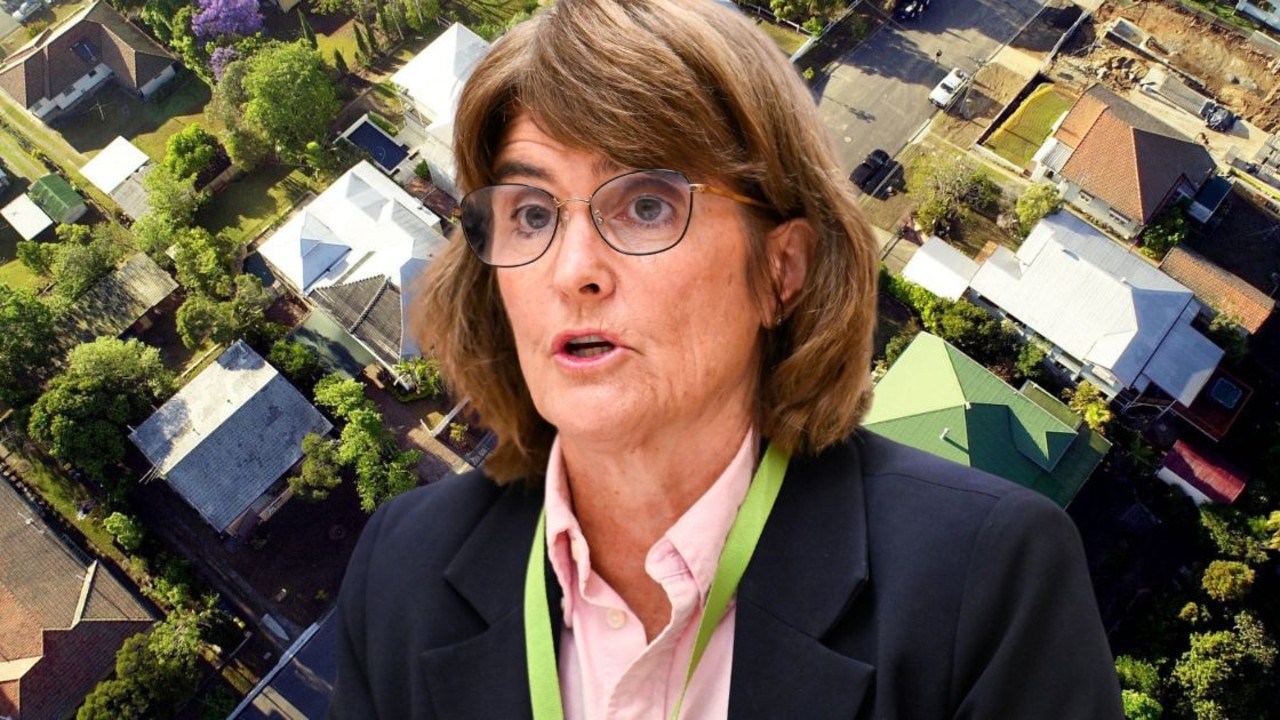Many who gave key evidence to the Fitzgerald Inquiry have gone to their grave
The corruption-buster who helped shape a brighter Queensland is one of the few from the era still going strong, writes Michael Madigan.
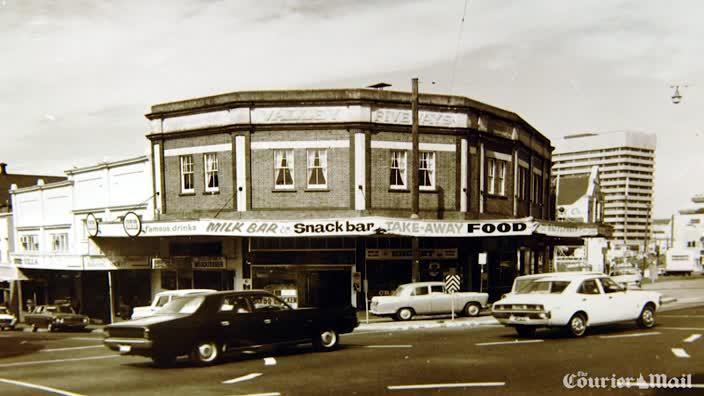
CM Insight
Don't miss out on the headlines from CM Insight. Followed categories will be added to My News.
THE NAME Fitzgerald is so woven into Queensland’s history that it’s often prefaced with “pre’’ or “post’’ to describe the evolution of the state.
Yet the man who provided the enduring surname is far from fading into history, still maintaining an energetic work schedule at the age of 77.
Thirty years on from the historic inquiry, which marks the 30th anniversary of its final report tomorrow, Tony Fitzgerald, AC QC, is in semi-retirement. But he still divides his time between the Sunshine Coast’s Peregian Beach and Sydney, where he works part-time as a mediator and arbitrator.
Fitzgerald inquiry: Where are key figures now?
Contacted by The Courier-Mail this week while at work in Sydney, he courteously declined to make any comment on the anniversary of an inquiry, which absorbed several years of his life and changed the political culture of Queensland.
It was, he said, “a long time ago”.

A generation has been born and grown to adulthood since Fitzgerald handed his report to then Queensland premier Mike Ahern, and most of the key players have long gone to the grave.
The corruption-busting inquiry and the history it created began in 1987 when Fitzgerald first took evidence. That period might be said to have been book-ended on the first Tuesday of May 2005, when more than 3000 people crowded into the town hall at Kingaroy to farewell former premier Sir Joh Bjelke-Petersen. The then Queensland premier Peter Beattie, whose parliamentary career began in 1989 when the reforming Goss government took power, told mourners he and Sir Joh disagreed on much, but then added: “History won’t be able to ignore him.’’
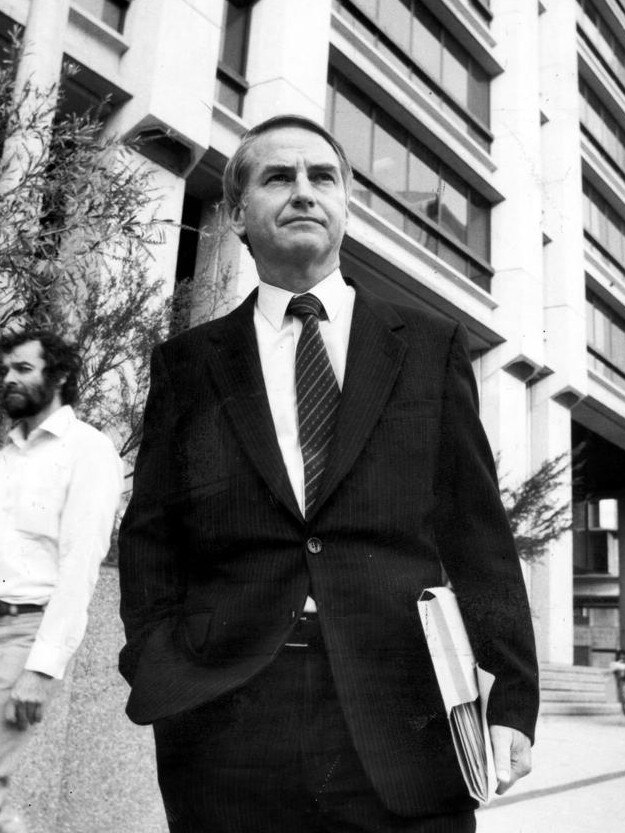
Sir Joh who had abolished death duties, courted Japanese investment and oversaw a mining and tourism boom that boosted the state’s prosperity, had for two decades ruled over a government the Fitzgerald Inquiry found to be riddled with corruption.
As Beattie predicted, history kept Sir Joh very much in mind 14 years after his passing. He died on April 23, 2005, at the South Burnett Hospital not far from his beloved family property Bethany. In 1991, he faced a criminal trial for perjury related to evidence he had given at the Fitzgerald Inquiry, but walked from the court a free man after the jury, which included a foreman named Luke Shaw, also a Young National, failed to reach a verdict.
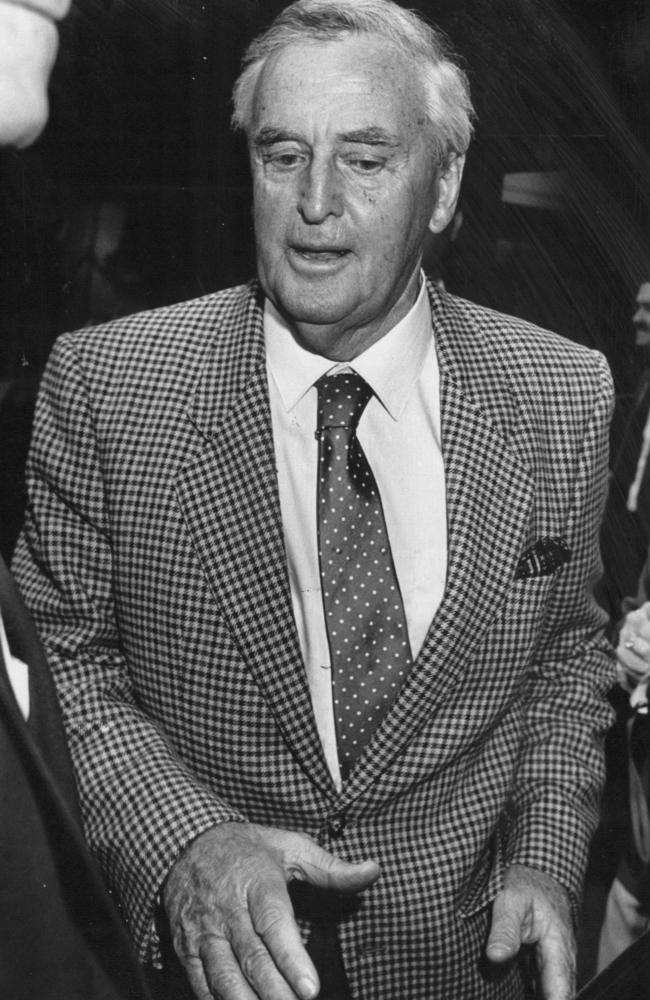
A YEAR before Sir Joh’s death, a crowd of about 30 people had attended the Gold Coast funeral of the former London Bobby, Jack Herbert, the self-confessed bagman who handed corruption payments to Police Commissioner Terry Lewis. Herbert, a Queensland licensing branch officer, was pivotal to the Fitzgerald Inquiry, providing evidence that contributed to crucial prosecutions.
He also revealed his role in recruiting police officers into the world of corruption – a world known in police circles as “The Joke’’.
Herbert was given immunity from prosecution for his role, unlike Lewis, who in 1991 was sentenced to 14 years’ jail and stripped of the knighthood he received in 1986.
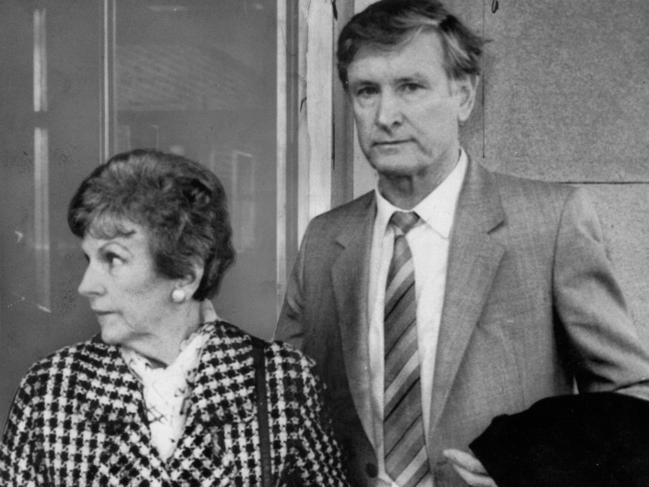
Paroled in 1998, Lewis, now 91, still protests his innocence while living with one of his children in Brisbane’s inner-northwest. He continues to claim he was unaware of corruption during his 11-year reign as police commissioner.
Former Queensland assistant commissioner of police Tony Murphy, who Herbert testified in the inquiry coined the term “The Joke”, was never charged, always maintained his innocence and died in 2010.
Another allegedly corrupt detective Glen Hallahan, a recipient of the force’s highest honour – the George Medal for Bravery – succumbed to cancer in the early-1990s.
ONE of the more colourful characters to emerge out of the inquiry was Hector Brandon Hapeta, who along with Anne-Marie Tilley, created a stronghold of brothels in Brisbane and paid police hundreds of thousands of dollars in bribes.
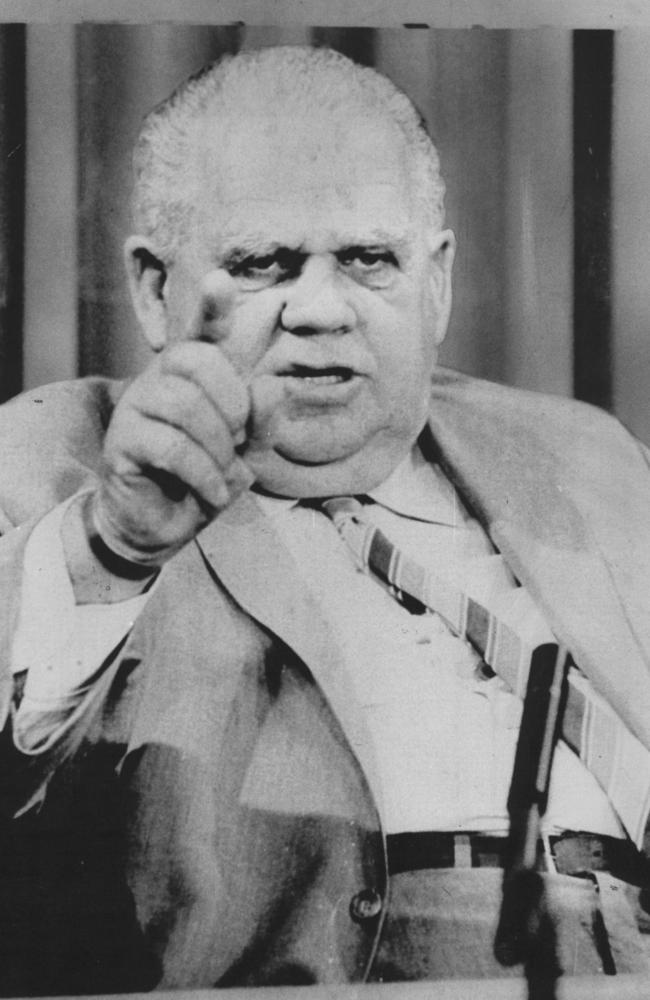
Hapeta, who refused to answer 164 questions during the inquiry because “it might incriminate me’’ was sentenced to eight years’ prison for official corruption and died of a heart attack in 1998, aged just 56.
Russ Hinze, known as “the Minister for Everything’’ because of his wide-ranging portfolios during the Bjelke-Petersen years, was one of the more high-profile state MPS to be charged following the inquiry.
Hinze was the subject of corruption allegations so damaging he resigned from parliament and in December 1989 faced down eight counts of having received corrupt payments reaching into the hundreds of thousands of dollars.
With the festive season approaching, Hinze declared in a televised interview there would be “no Christmas at the Hinze household’’ as he prepared to defend himself against the accusations.
However, he died from bowel cancer in June 1991, aged 72, before the case went to trial.
“Bellino’’ became a household name during the Fitzgerald Inquiry.
Geraldo Bellino, Sicilian-born, owned nightclubs and was accused of running illegal casinos and massage parlours, turning over more than $1 million a year, in partnership with another Fitzgerald identity, Vittorio “Vic’’ Conte, and both served prison terms.
Bellino lives on the city’s north side, while Conte is believed to reside in Underwood.
Bellino’s brother Antonio, who was mentioned in the inquiry, but never charged, has written a book insisting the family had been unfairly and incorrectly identified as a Mafia clan.
A figure perhaps equal in importance to Fitzgerald himself was former Queensland premier Wayne Goss, the Mundubbera-born former lawyer who took over as premier in 1989 and began implementing the Fitzgerald reforms. Former Labor federal treasurer Wayne Swan said of Goss, who died in November 2014 after a 17-year battle with brain tumours: “He dragged Queensland into the sunlight after 32 years in the darkness.’’

